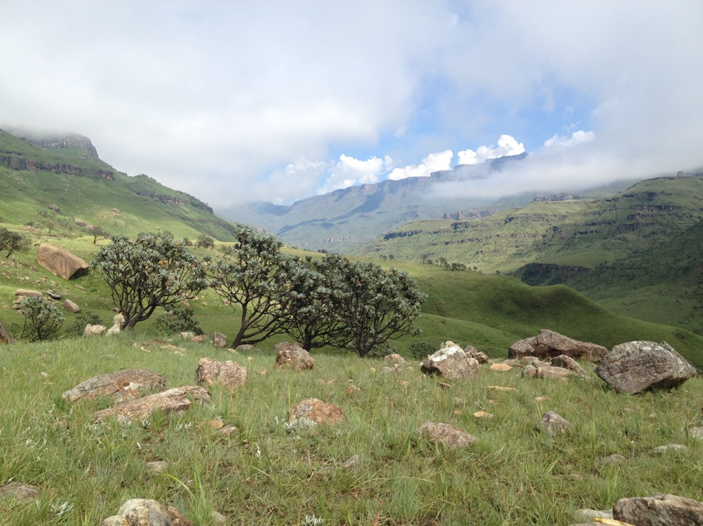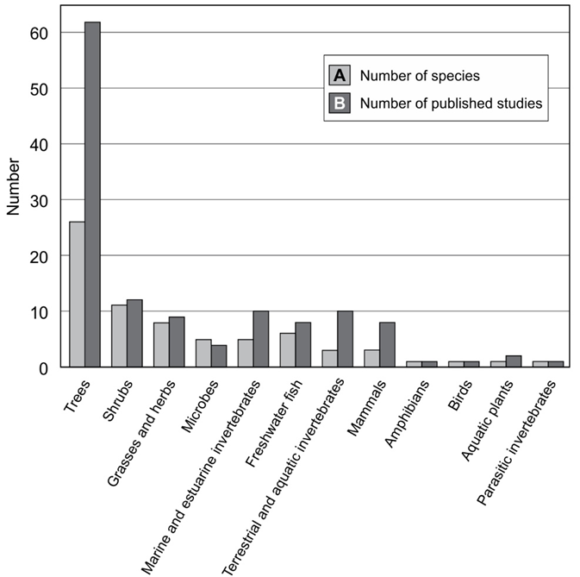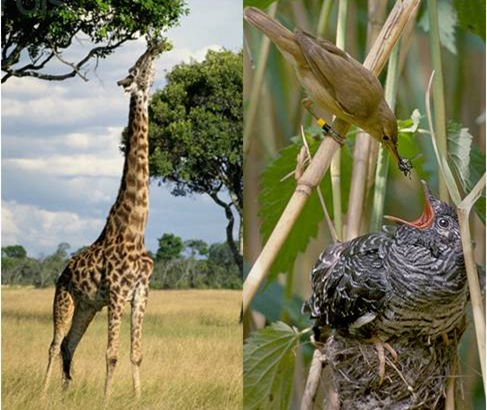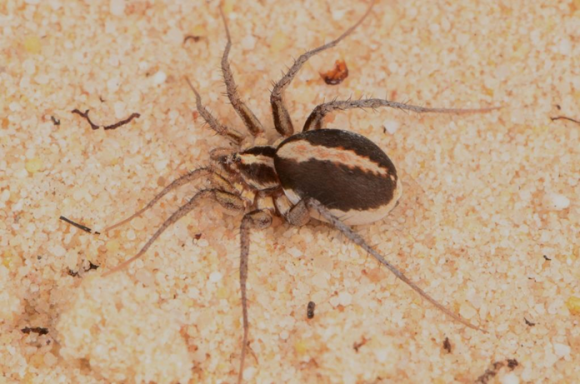29 October 2015 | By Tom Bishop
A recent study by C·I·B and University of Liverpool student Tom Bishop and supervisors Mark Robsertson, Berndt Janse van Rensburg and Catherine Parr has asked how the composition of ant groupings changes across environmental gradients. The paper made use of data from a long-term ant monitoring programme, initially funded by the C·I·B, from the Sani Pass in the Maloti-Drakensberg Mountains.

Tom used a number of new methods to assess how the ant communities changed in response to elevation. Firstly, changes in both the taxonomic and functional structure of the ant communities were analysed. The taxonomic part of the analysis looked at how species identities changed along the gradient. The functional aspect used morphological data to describe the ecology of the 92 different ant species. This functional description of the ant fauna recognises that some species are similar to each other than others. For example, specialist predatory species are more ecologically similar to each other than to generalist scavenging species.

Secondly, changes were ascribed to either turnover or nestedness. Turnover occurs when species (or functional types) are replaced by new ones at different parts of the gradient. Nestedness describes a pattern of species loss whereby some sites are simply “nested subsets” of those with more species.
“We found that different species occupied different elevations in a turnover pattern,” said Tom Bishop, lead author of the paper published in Journal of Biogeography. He adds, “As you climb the mountain, however, these new species tend to occupy a smaller and smaller subset of the functional types available. This is a pattern of functional nestedness. These results allow us a greater understanding into the factors that may be shaping ant ecology and biology in harsh, mountain environments.”
Read the paper
Check out a poster at Tom’s website https://sites.google.com/site/tomrhysbishop/outputs
For more information, contact Tom Bishop at tbish@liverpool.ac.uk or Prof. Mark Robertson at mrobertson@zoology.up.ac.za



